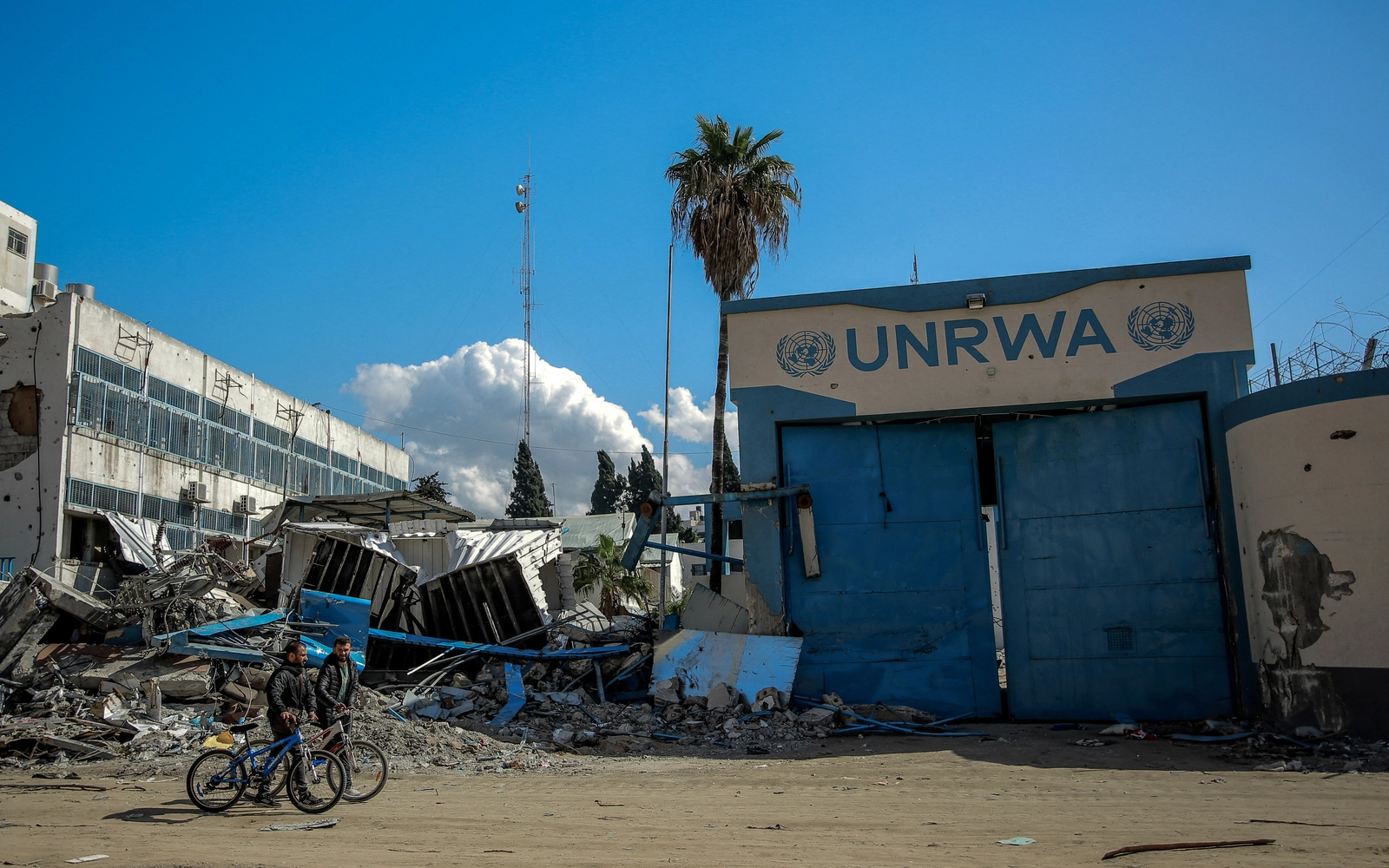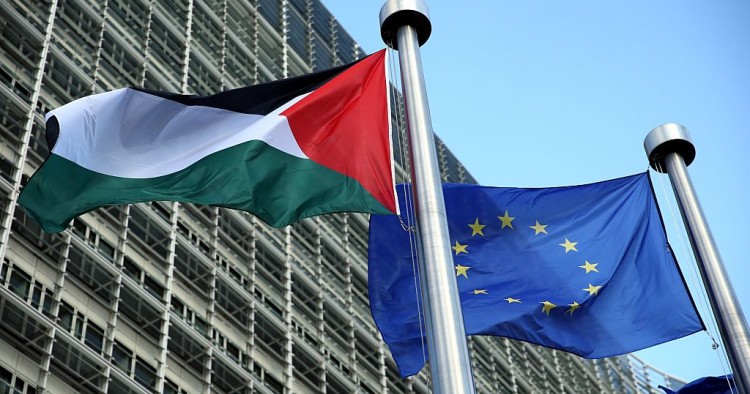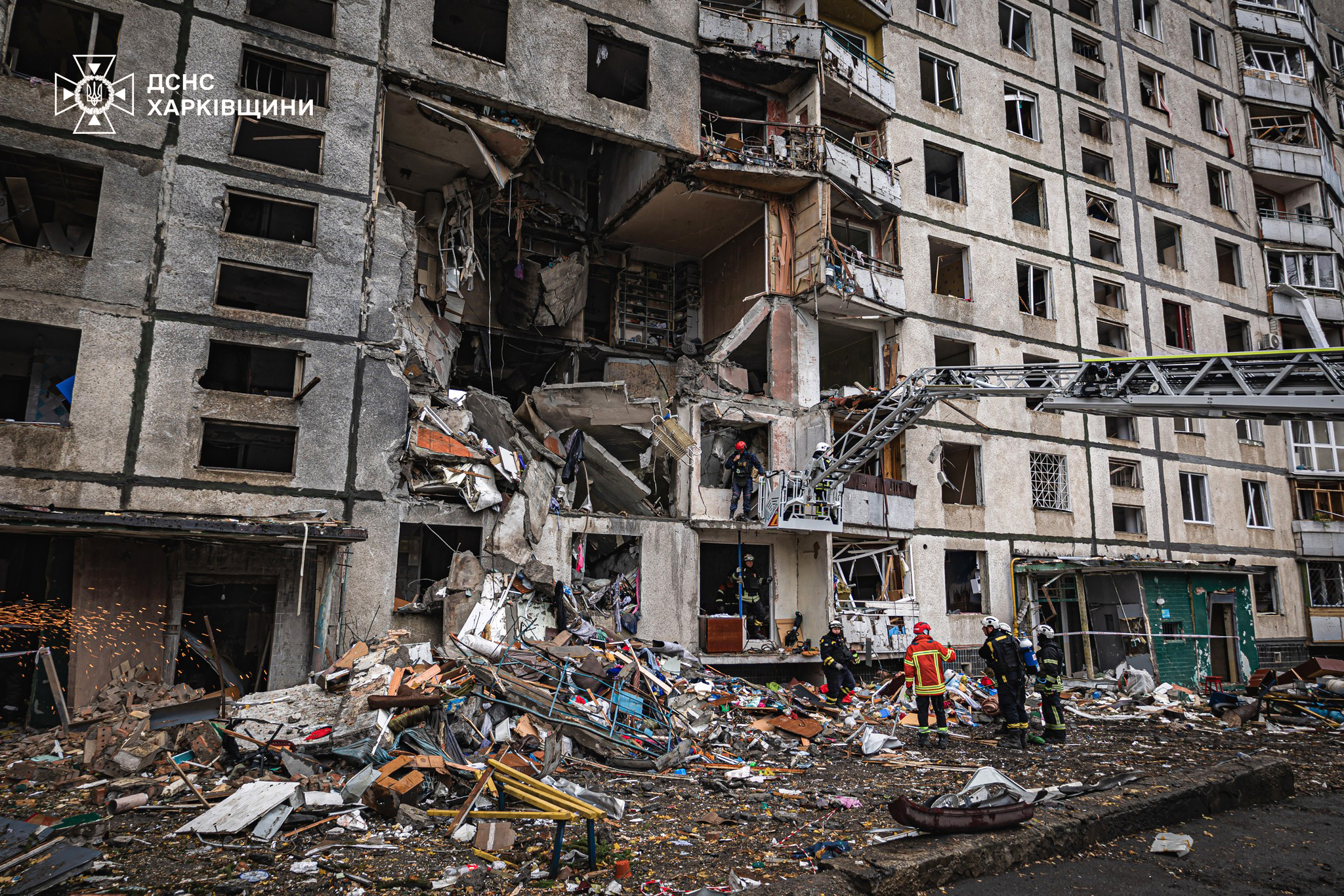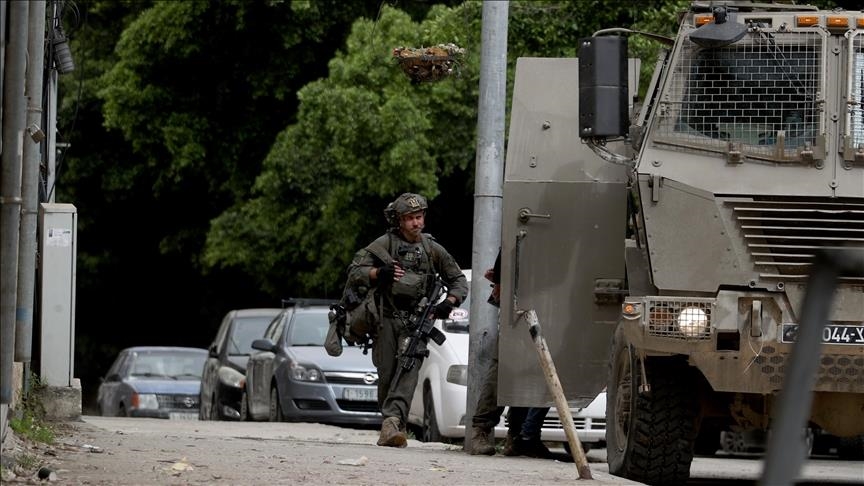The empty homes and lost villages scattered across the Irish countryside are not just relics of a tragic past. They are the scars of deliberate displacements, forced migrations, and failed policy responses that still echo through the 21st century. For all Ireland’s success in tech and tourism, the map remains eerily lopsided. The Great Famine may have struck nearly two centuries ago, but the uneven population patterns it left behind have only deepened.
The period between 1845 and 1852, known as An Gorta Mór or the Great Hunger, did more than cause death and suffering. It transformed Ireland’s demographic landscape irreversibly. Over a million died, and at least another million fled. But it wasn’t just the numbers that defined the catastrophe. It was the spatial impact. The west and midlands, home to dense rural populations reliant on smallholdings, bore the brunt. Settlements vanished from the map. Townlands were reduced to ruins. Communities that had existed for centuries evaporated, leaving behind fields of silence.
Some villages, like Ballinlass in County Galway, were destroyed not by blight or starvation, but by eviction. In 1846, over 300 residents were thrown out despite being up to date on their rent. The land was cleared for grazing, and Ballinlass was never reinhabited.
It remains a symbol of landlord cruelty and state indifference. Others, like Slievemore on Achill Island, were abandoned during or shortly after the famine, their stone cottages now archaeological relics. Across counties like Leitrim, Roscommon, and Mayo, entire clachans dissolved, and the countryside emptied into the workhouses, the ports, and ultimately the sea lanes of emigration.
This internal displacement shaped not only where people lived, but how Ireland would develop. By the end of the 19th century, the country had undergone a profound rural contraction. The industrial revolution largely bypassed it. Dublin retained administrative dominance but never developed into a truly industrial metropolis. Meanwhile, Belfast, benefiting from British investment and Protestant-majority industrial capital, surged ahead, creating an internal imbalance that persists to this day.
The role of the British Empire in all this cannot be sanitized. The famine was not an unavoidable natural disaster. It was a political failure, rooted in genocidal policies that prized exports and market discipline over human life. As grain left Irish ports, men, women, and children starved in ditches. The system of landlordism, upheld by British law, ensured that evictions continued even during the height of death and suffering. When Ireland needed compassion and reform, it received lectures on laissez-faire economics.
Fast forward to modern Ireland, and the effects of this famine-era spatial engineering are still in play. The majority of the population growth in recent decades has clustered around Dublin and its commuter belt. The west of Ireland, despite its scenic beauty and cultural heritage, remains chronically underpopulated, underfunded, and underdeveloped. Services are centralized, jobs are concentrated in the east, and the housing crisis is worsened by the failure to reimagine the country as a whole.
Entire generations have grown up with the idea that success lies to the east, and emigration is the path for those who cannot afford Dublin. This internalized displacement echoes the silence of the fields where ancestors once lived. Ireland’s diaspora continues to grow, and rural counties remain haunted by the twin ghosts of lost opportunity and policy neglect.
The Irish government has acknowledged these imbalances in rhetoric. Plans like the National Planning Framework and Project Ireland 2040 aim to support regional development. But they fall short in execution. Funding is inconsistent. Bureaucratic red tape stifles local initiatives. And too often, rural policy is treated as preservationist rather than regenerative. There is little imagination for what a revitalized rural Ireland could truly look like.
Correcting this requires more than policy tweaks. It requires a reframing of the Irish national project. It means recognizing that the Great Famine was not just a humanitarian disaster but a demographic reprogramming whose consequences are still unfolding. It means treating rural repopulation and regional balance not as niche concerns but as existential to the republic.
Practical steps are possible. First, there must be targeted investment in regional towns to serve as anchor points for broader repopulation. This includes transport links that bypass Dublin, such as cross-regional rail and bus services, and digital infrastructure that makes remote work viable and attractive. Second, state housing agencies must prioritize the renovation and reconstruction of derelict homes in towns and villages across the west and midlands. Third, immigration and diaspora policy must be reframed to encourage settlement in historically depopulated areas, offering pathways for return and integration.
But more than all of this, Ireland needs a cultural shift. The memory of the famine must no longer be confined to memorial days and famine walls. It must inform how we build. Every empty village, every vanished townland, is an opportunity to repair, to restore, and to grow. To do otherwise is to let the logic of the famine, centralization, abandonment, and economic cruelty, continue to dictate our future.
We must acknowledge that rebuilding lost communities is not about recreating the past. It is about creating the future that was stolen. It is about turning spaces of absence into spaces of potential. It is about honoring the generations who never had the chance to stay.
None of this is easy. Rural development is expensive. Infrastructure takes time. But the cost of inaction is higher. A capital city strangled by its own weight. A nation with half its children priced out of homeownership. A republic that cannot hold its own people within its borders. It is a crisis of sustainability, of equity, and of vision.
Rebalancing Ireland is not a nostalgia project. It is an act of repair. It is the unfinished business of a republic that promised equality but inherited a geography of loss. The government must show not just political will, but moral clarity. The nation’s future is not in Dublin alone. It lies in every valley where a village once stood, in every field that echoes with the silence of those who left or were never born. Bring them back. Build again.
Author
Discover more from The Crustian Daily
Subscribe to get the latest posts sent to your email.













